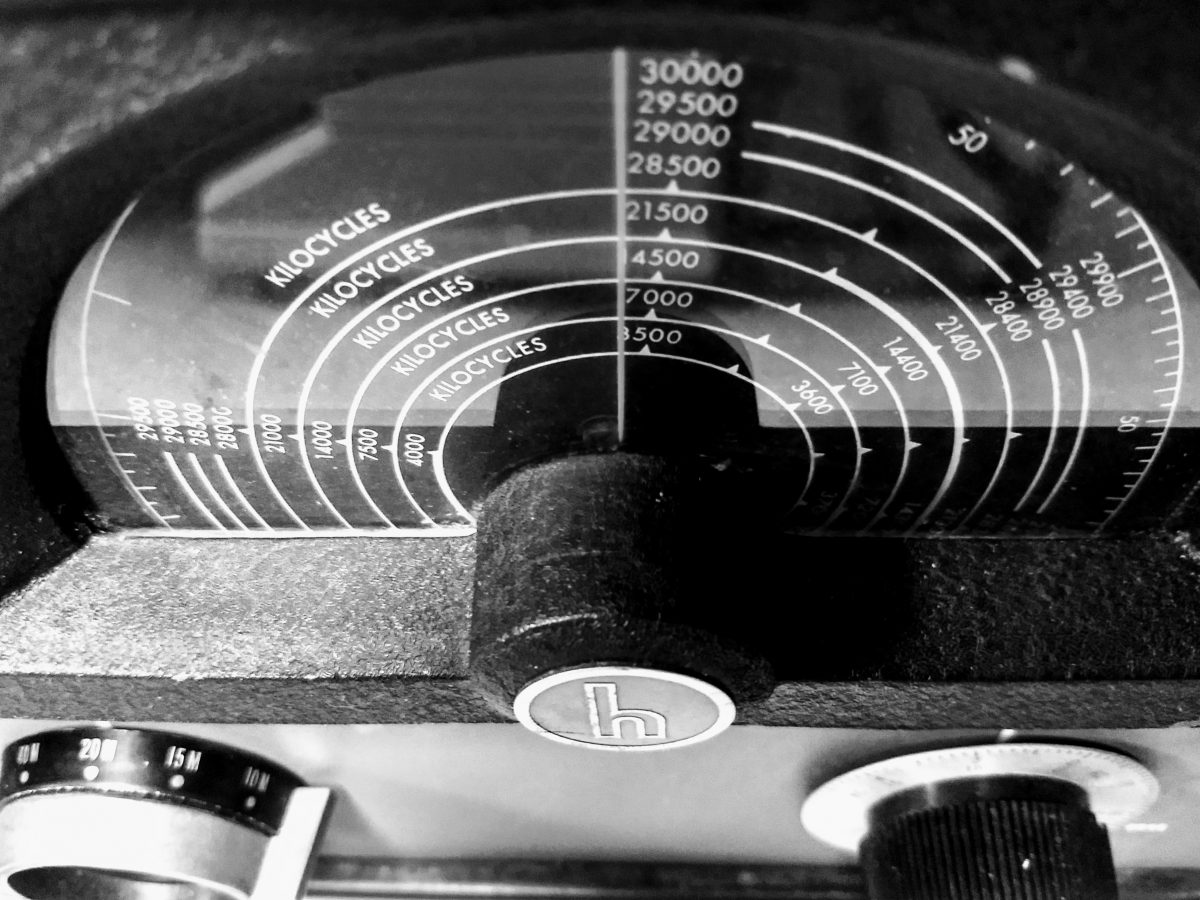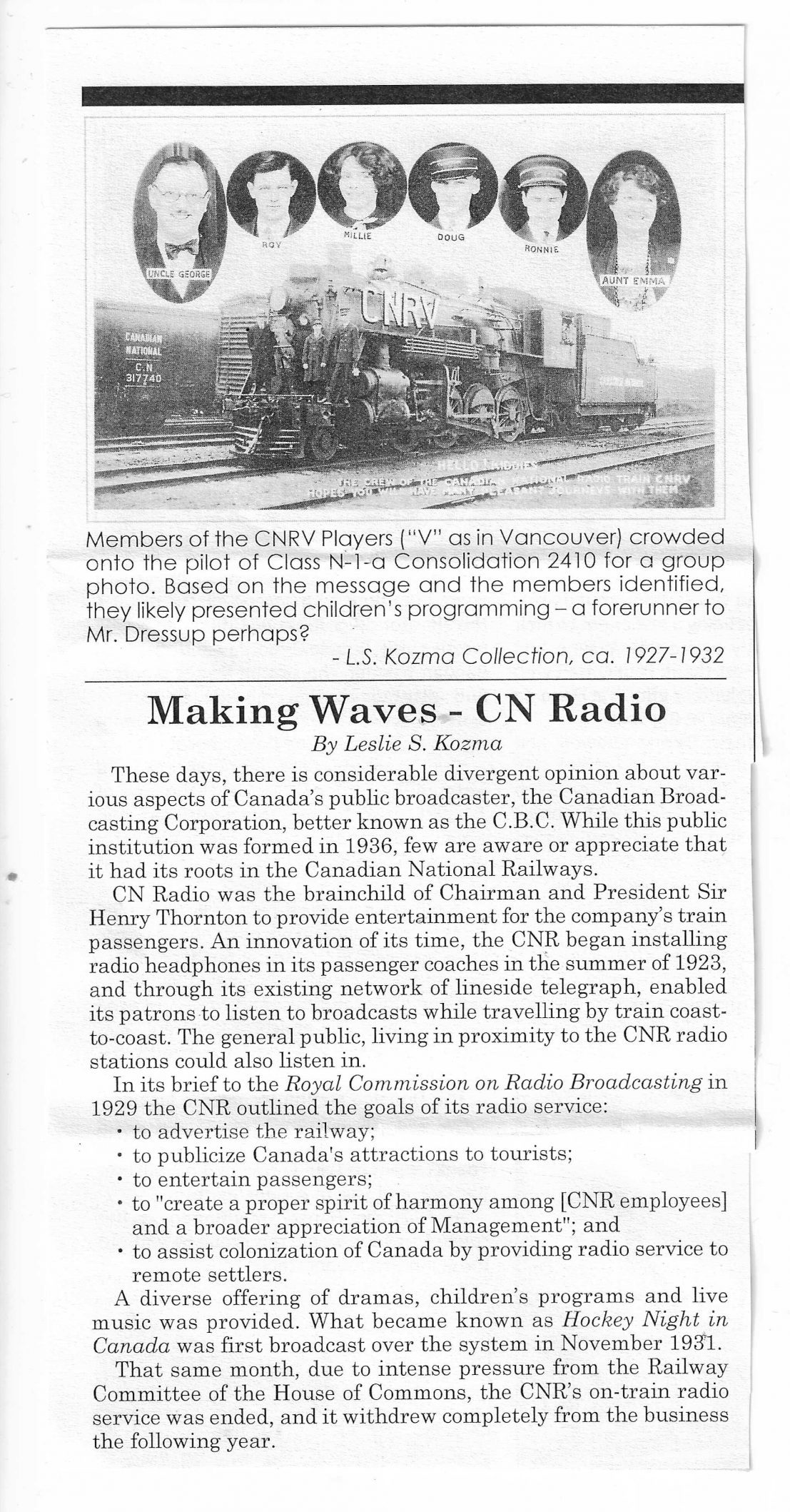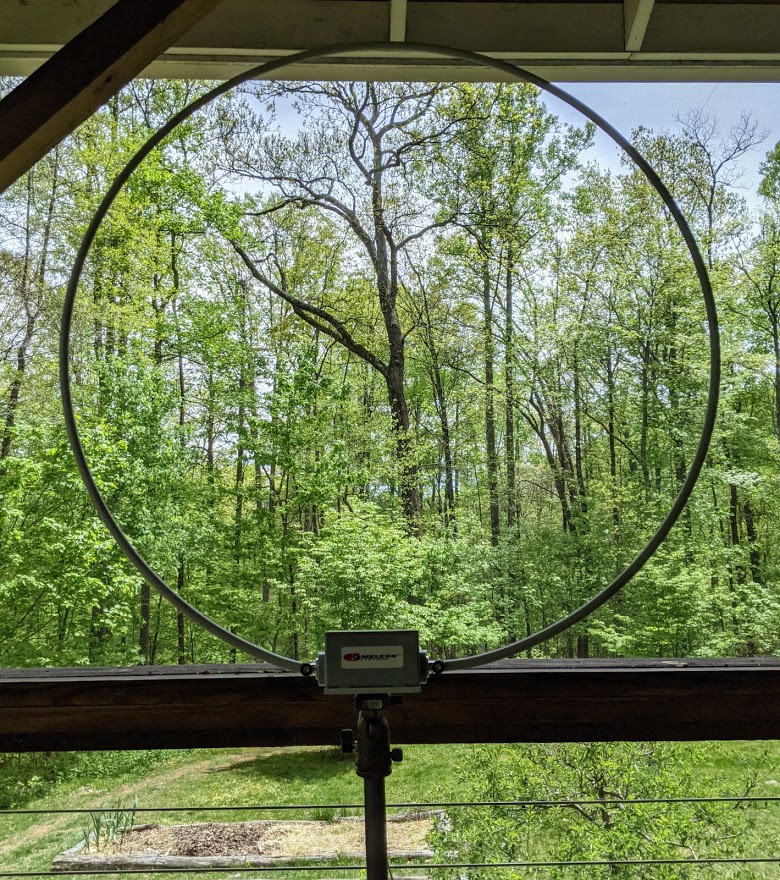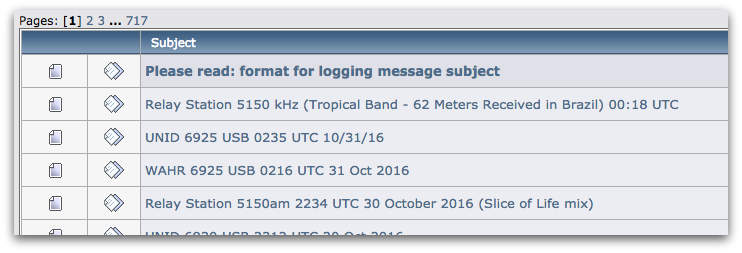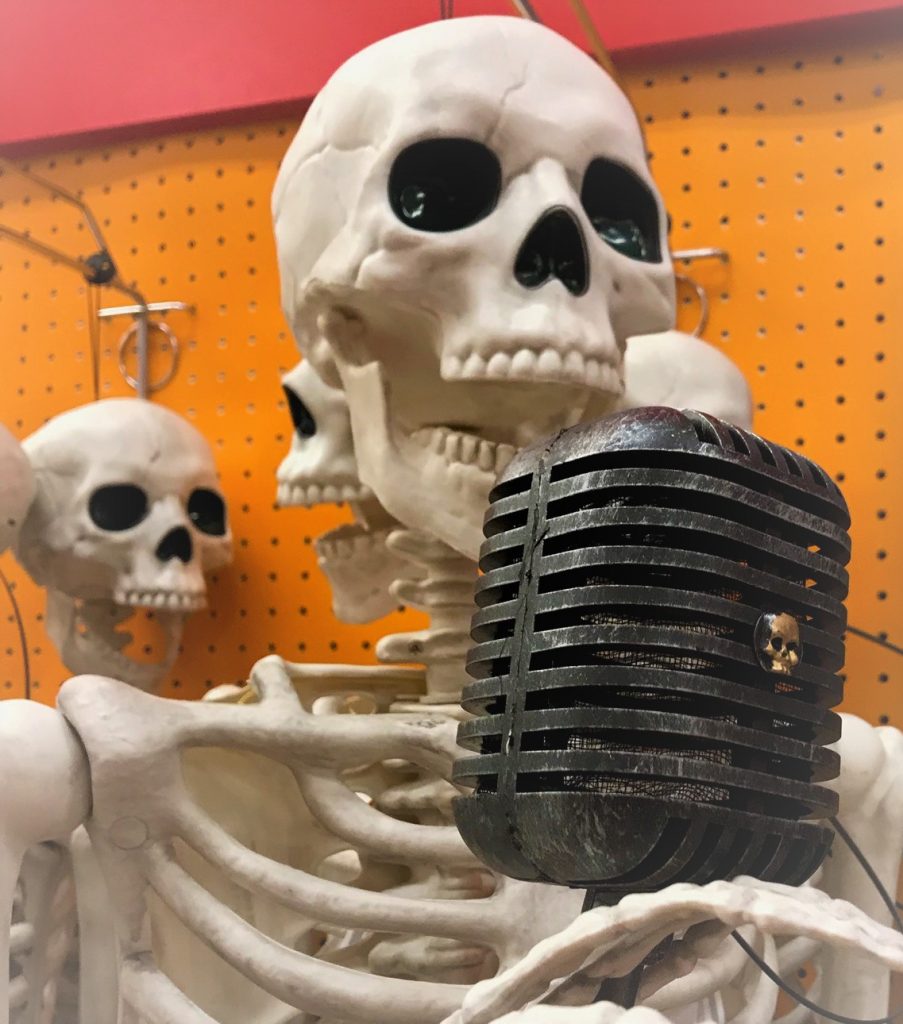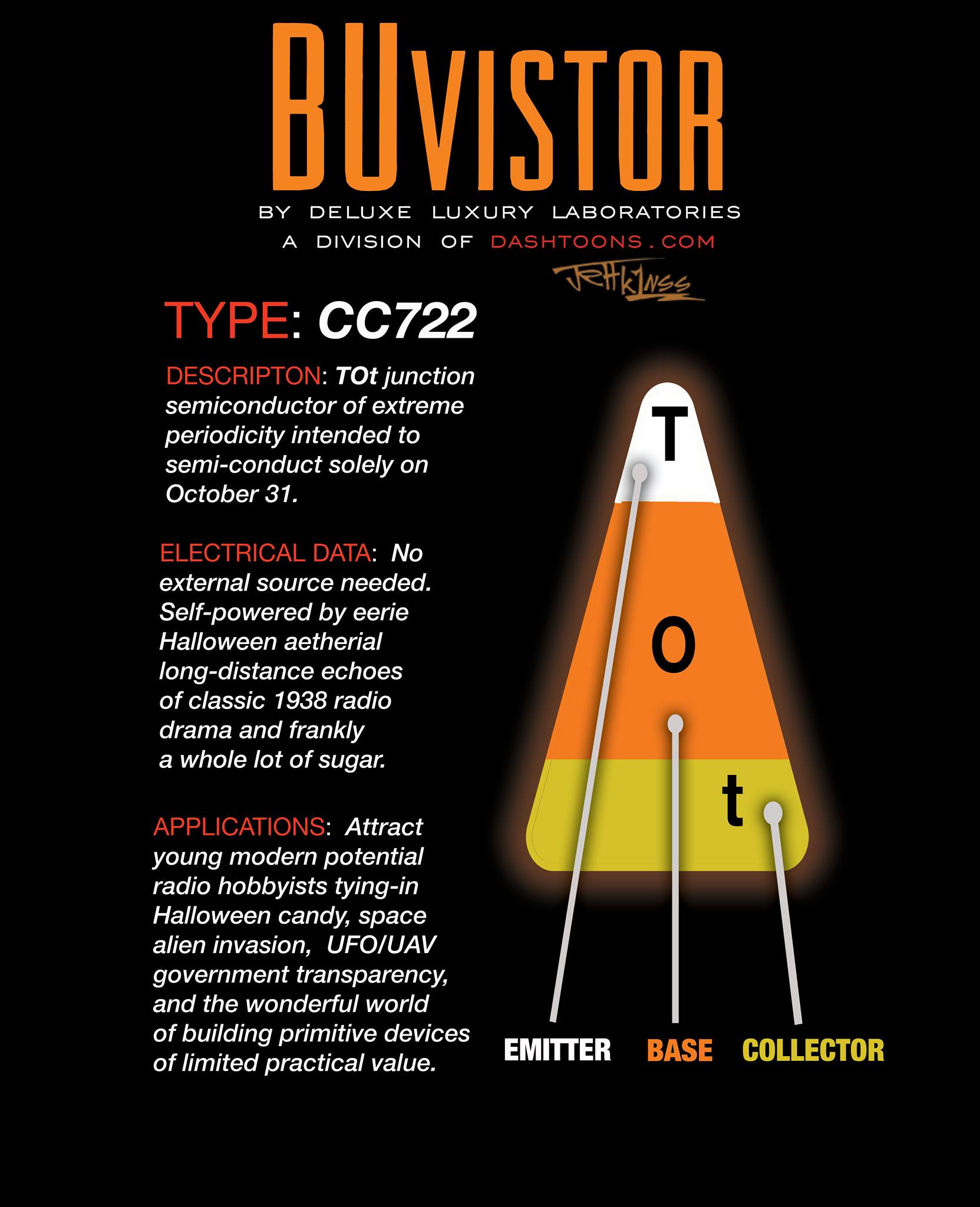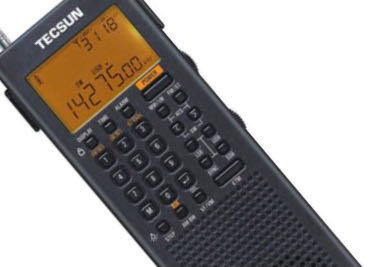Radio Waves: Stories Making Waves in the World of Radio
Because I keep my ear to the waves, as well as receive many tips from others who do the same, I find myself privy to radio-related stories that might interest SWLing Post readers. To that end: Welcome to the SWLing Post’s Radio Waves, a collection of links to interesting stories making waves in the world of radio. Enjoy!
Significant X-class solar flare (Southgate ARC)
There was a global eruption on the sun today. It started with a powerful X1-class solar flare from sunspot AR2887.
The blast created a massive tsunami of plasma in the sun’s atmosphere, which rippled across the entire solar disk. A CME is probably heading for Earth, raising the possibility of a geomagnetic storm on Halloween. More information and updates @ Spaceweather.com.
Solar Flare Alerts: Sign up for Space Weather Alerts and get instant text notifications when solar flares are underway.
History of the Ham Radio Callsign (Southgate ARC)
In this video Mike Ritz W7VO looks at the history of amateur radio call signs in the United States
Every legal amateur radio operator in the world has a unique callsign assigned to them by their government, and many of us are better known by our callsign than our given name. But what world event was it that caused these monikers to be? Why are they constructed the way they are? Continue reading

